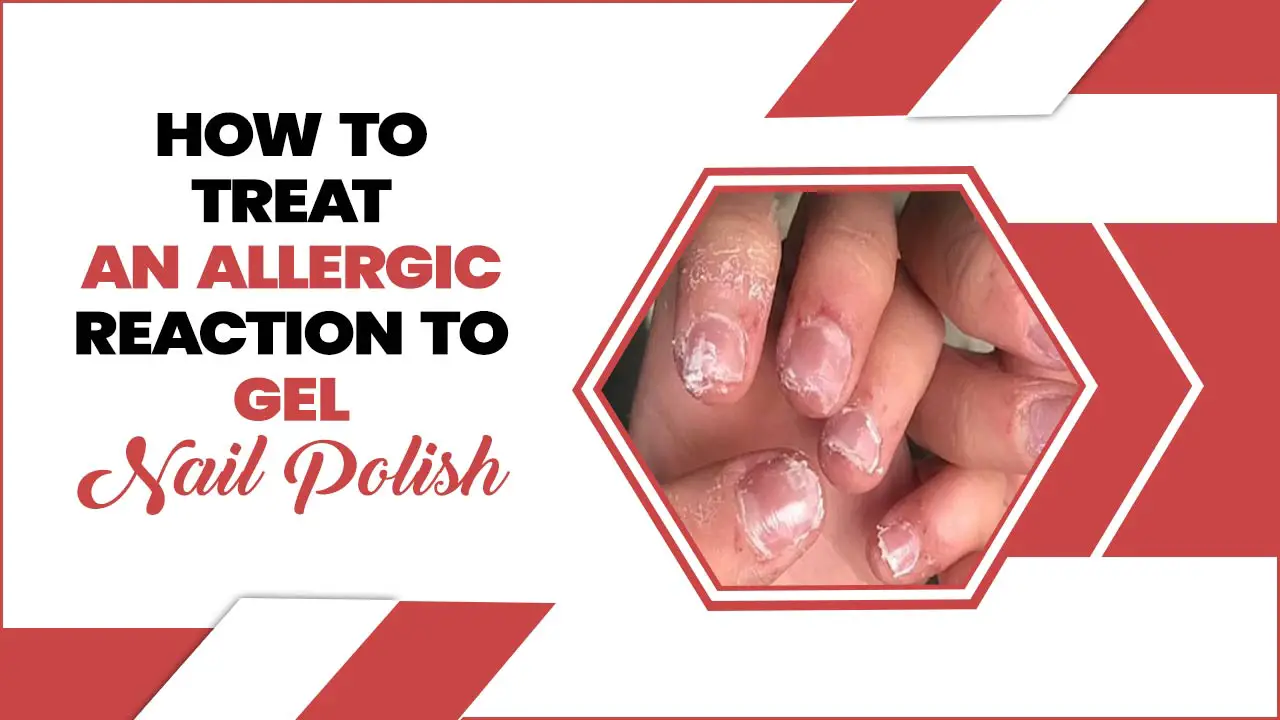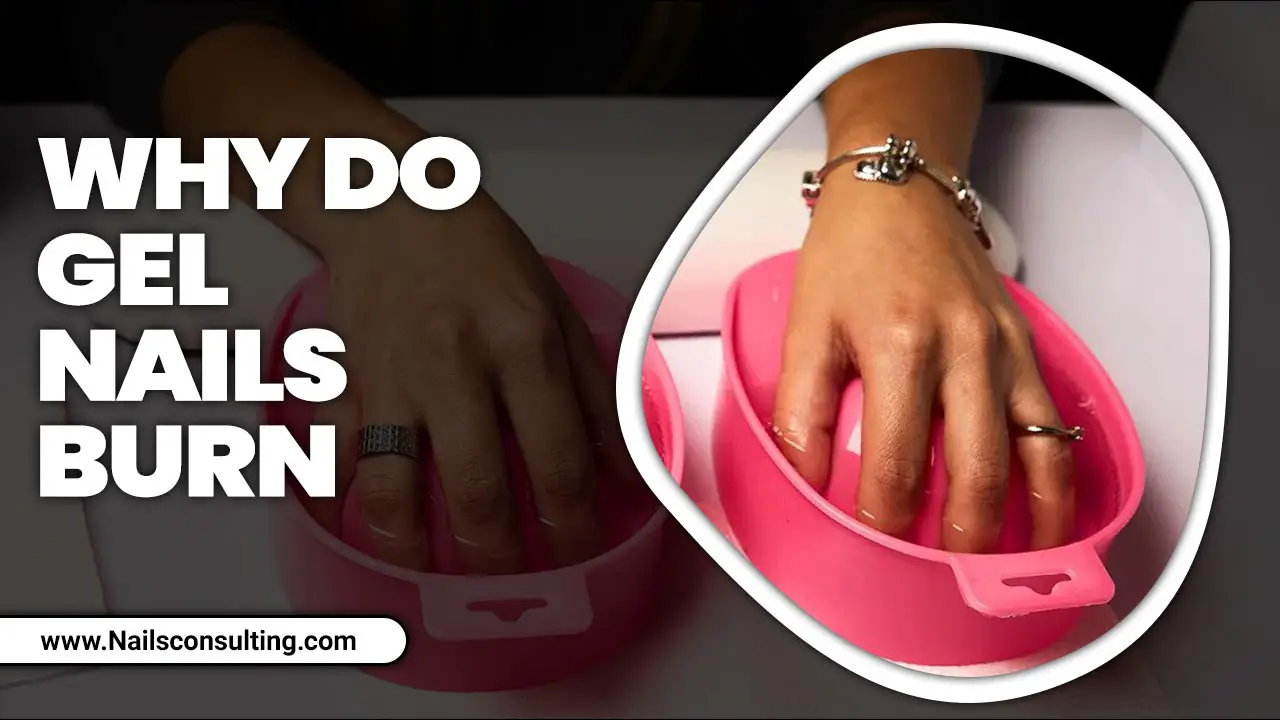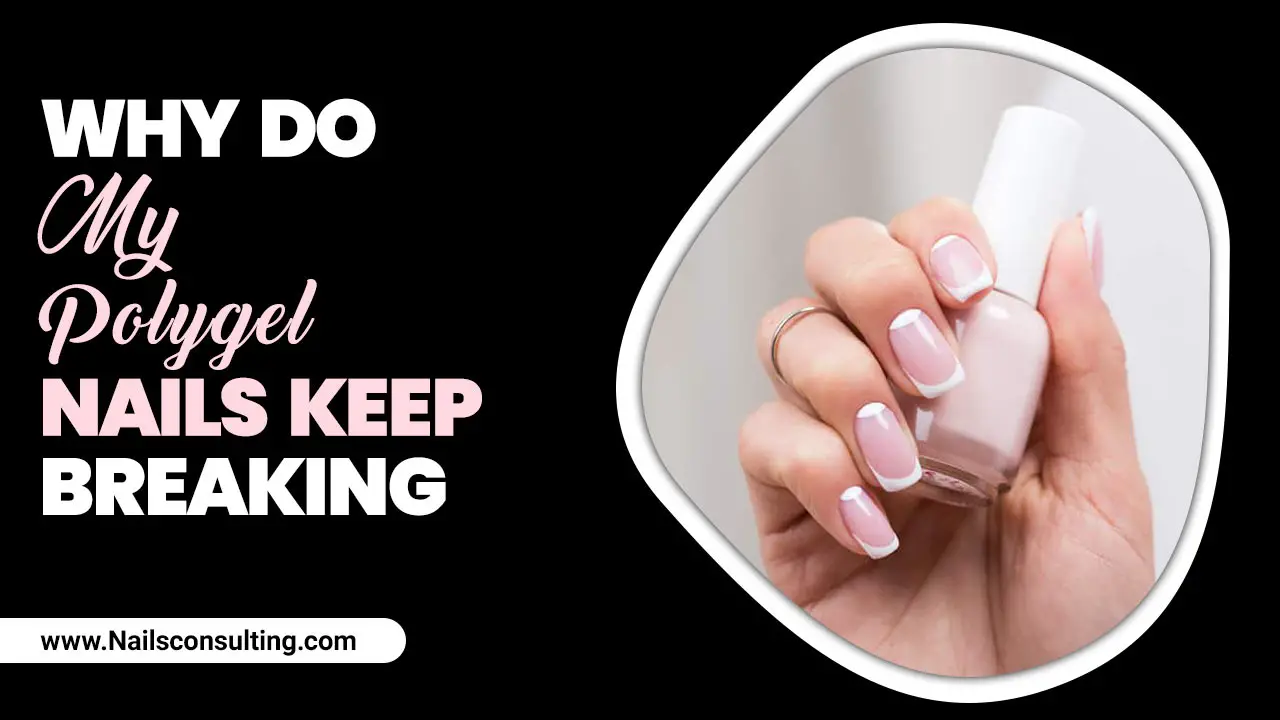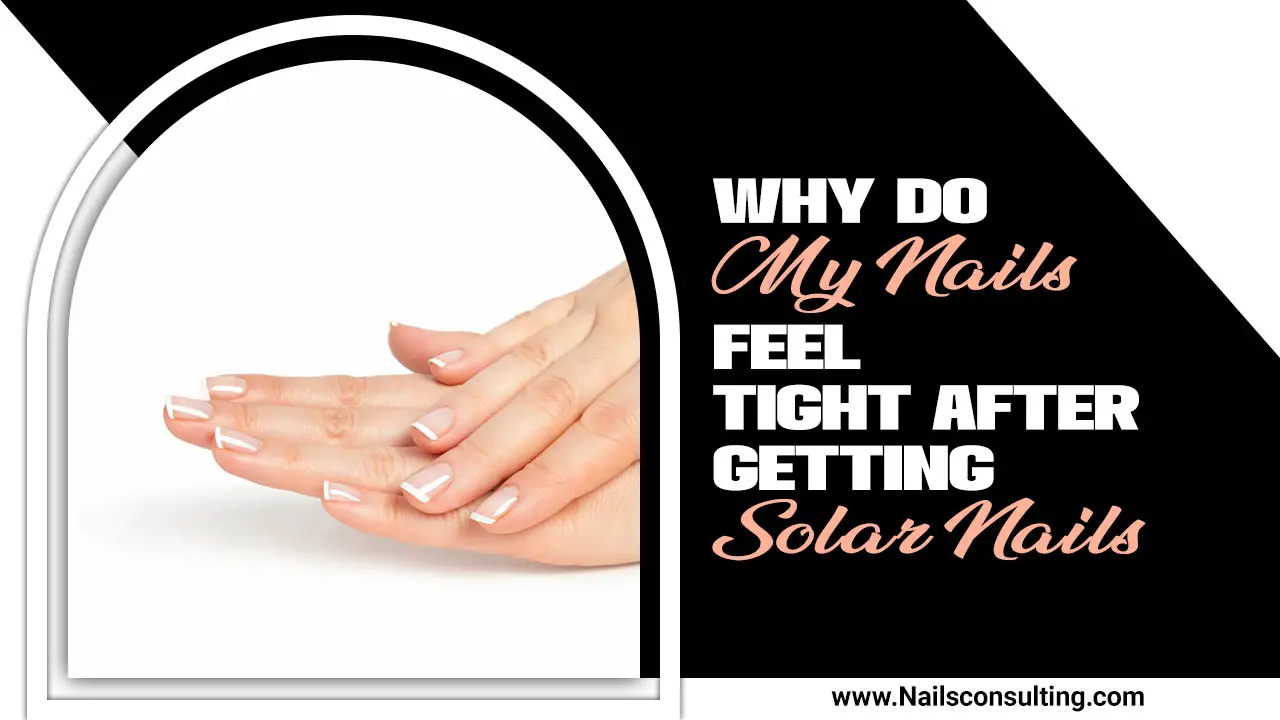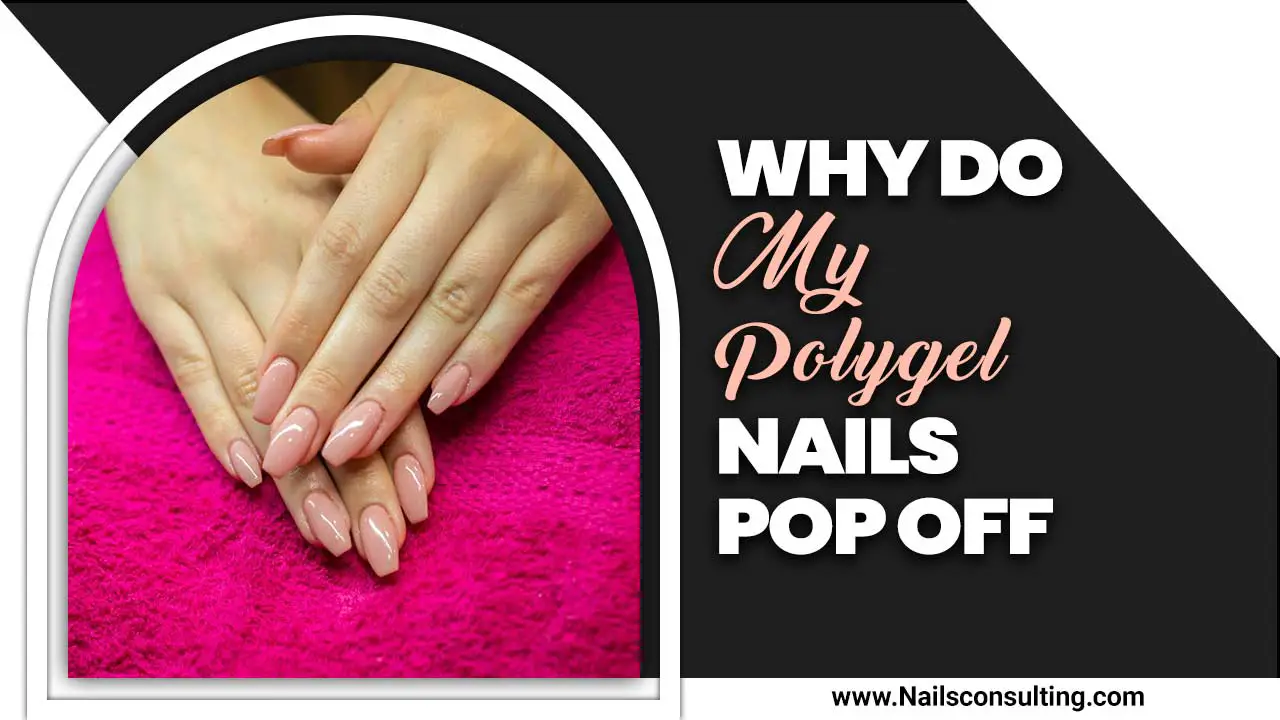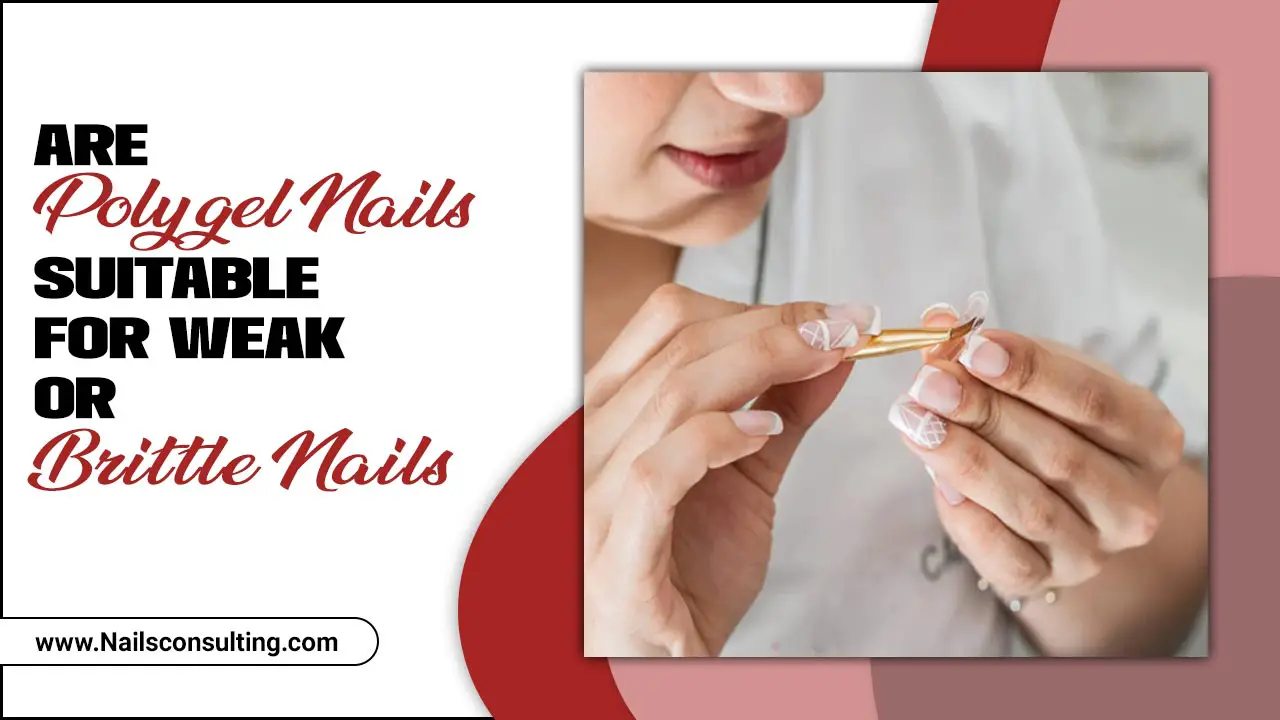Polygel nails have become increasingly popular in recent years, offering a durable and long-lasting alternative to traditional acrylic or gel nails.
Made from a combination of acrylic powder and gel, polygel nails are praised for their lightweight and flexible feel. However, with the rise in popularity of this nail enhancement method, concerns have also surfaced about potential allergies. Many individuals have reported experiencing adverse reactions after getting polygel nails, leading to the question: can you be allergic to polygel nails?
Here, we will explore the popularity of polygel nails, what causes an allergic reaction to them, and the common symptoms associated with them. We will also provide tips for prevention such as patch testing before application, choosing hypoallergenic products, and proper maintenance. If you are experiencing an allergic reaction, we will guide you on how to seek professional help and suggest alternative nail options that are safe for those with allergies to polygel.
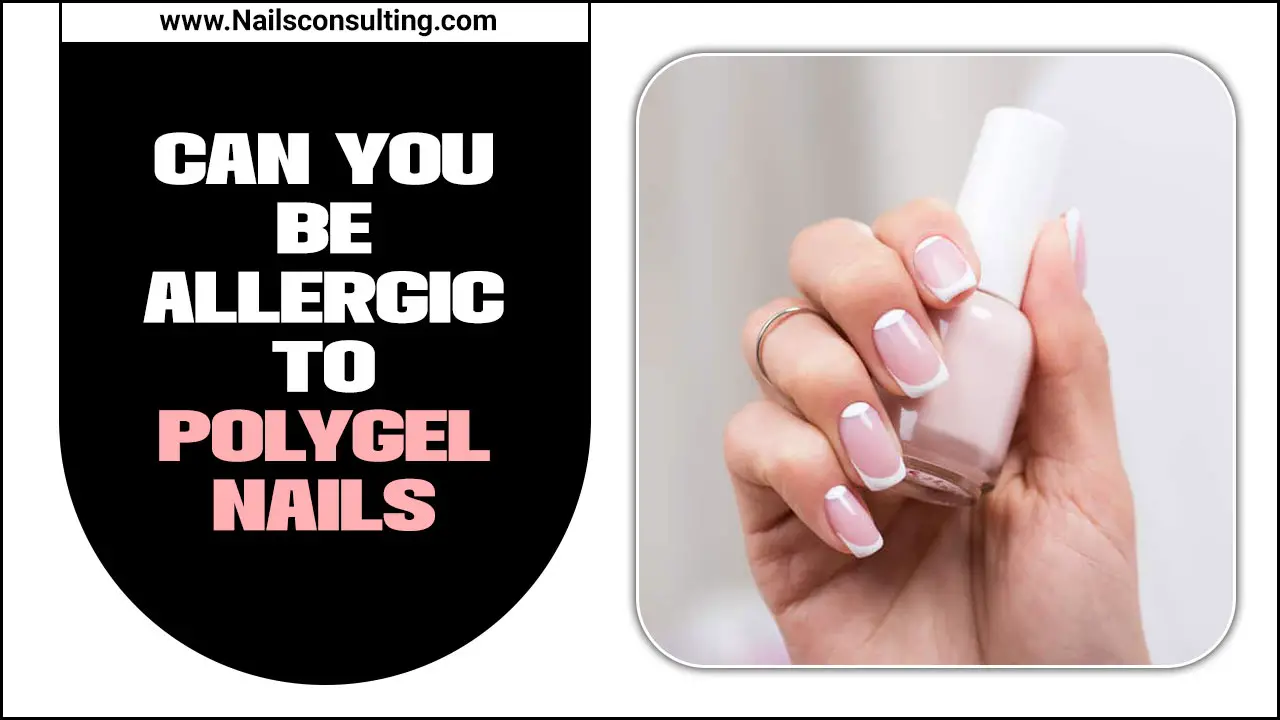
Polygel Nails And Their Popularity
Polygel nails have gained immense popularity as a trendy alternative to traditional acrylic or gel nails. I loved them for their durability and natural-looking finish. These artificial nails offer the best of both worlds by combining the benefits of acrylic and gel. One of the key reasons behind their widespread appeal is the ease with which they can be shaped and filed, allowing for customizable nail designs that suit individual preferences.
Additionally, polygel nails are lauded for their long-lasting wear, making them a go-to choice for those seeking manicures that stand the test of time. Their popularity has surged not just among regular customers but also in the professional salon industry.
Can You Be Allergic To Polygel Nails: Explained
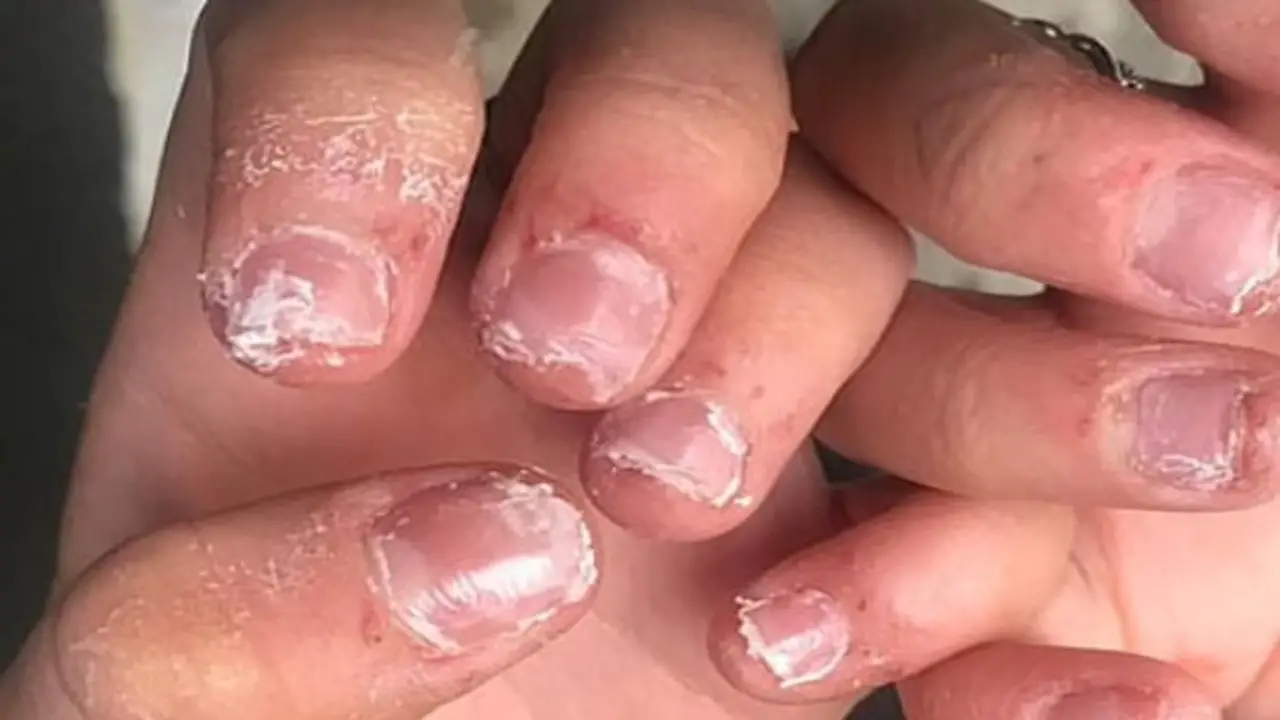
Yes, it is possible to be allergic to polygel nails. Polygel is a type of nail enhancement product that is used to create long-lasting and durable artificial nails. While polygel is generally safe for most people, some individuals may develop an allergic reaction to the ingredients in the product.
Symptoms of an allergic reaction to polygel nails can include redness, itching, swelling, and discomfort around the nail area. If you suspect that you may be allergic to polygel nails, it is important to seek medical advice and discontinue the use of the product.
An allergist or dermatologist can perform tests to determine if you have an allergy and recommend alternative nail products that are suitable for your skin type. Scroll down to get details on can you be allergic to polygel nails.
Common Symptoms Of An Allergic Reaction To Polygel Nails
Suppose you’re considering getting polygel nails or have already had them done. It’s important to be aware of the possibility of an allergic reaction. While rare, some individuals may experience an allergic reaction to polygel nails. Common symptoms of an allergic reaction can include redness, itching, swelling, or a rash around the nail area.
In more severe cases, individuals may also experience blistering or oozing if they notice any of these symptoms after getting polygel nails. It is important to seek medical attention and consult with a professional nail technician.
They will be able to assess the situation and provide guidance on how to proceed. It’s always better to address any potential allergies or sensitivities as soon as possible to prevent further complications and ensure your overall well-being.
Identifying The Potential Allergens In Polygel Nail Products
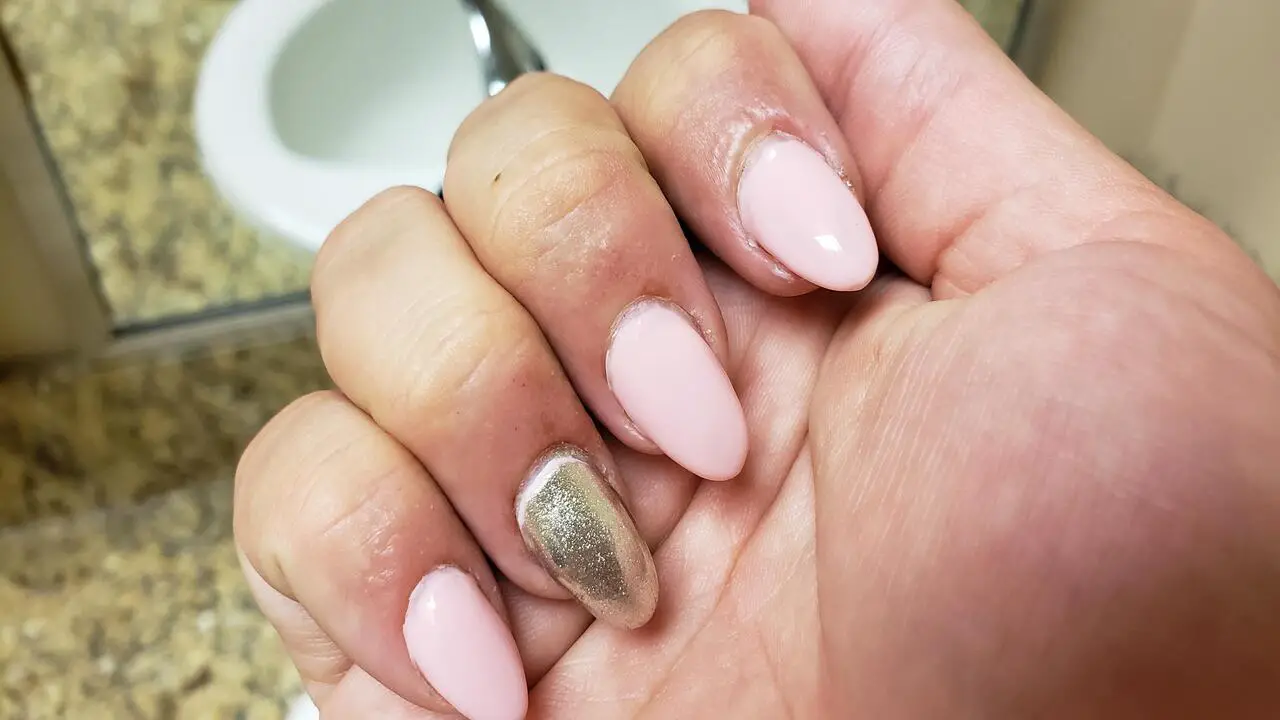
Polygel nails have become increasingly popular in recent years due to their durability and natural-looking finish. However, like any beauty product, there is a possibility of an allergic reaction occurring. Identifying the potential allergens in polygel nail products can help individuals with sensitivities or allergies make informed decisions about whether or not to use them.
Some common allergens found in polygel nail products include acrylates, such as ethyl methacrylate (EMA) and hydroxyethyl methacrylate (HEMA), as well as other ingredients like formaldehyde and fragrance. If you suspect, you may be allergic to polygel nails or any of its components.
It is recommended to do a patch test before applying the product to your entire nail. This involves applying a small amount of the product to your skin and monitoring for any signs of irritation or an allergic reaction. If you experience any adverse effects, it’s best to avoid using polygel nails and consult with a healthcare professional for further guidance.
Tips For Preventing Allergic Reactions To Polygel Nails
Preventing allergic reactions to polygel nails is important for those who may be sensitive to certain ingredients or have a history of allergies. Here are some tips to help minimize the risk of an allergic reaction when using polygel nails:
- Patch test: Before applying polygel nails, it’s recommended to do a patch test on a small area of the skin to check for any adverse reactions. Apply a small amount of the product and monitor the area for at least 24 hours for any signs of redness, itching, or swelling.
- Choose reputable products: Opt for high-quality poly gel products from trusted and reputable brands. These products often undergo rigorous testing and adhere to safety standards.
- Check ingredient lists: Read the ingredient list carefully to identify any potential allergens such as formaldehyde, toluene, or other chemicals that you may be sensitive to.
- Proper application: Ensure that the polygel nails are applied correctly by a trained professional. Improper application techniques can increase the risk of irritation or allergic reactions.
- Regular maintenance: Keep your polygel nails clean and well-maintained to prevent bacteria buildup, which can lead to infections or skin irritations.
Suppose you experience any signs of an allergic reaction, such as itching, redness, swelling, or discomfort. Remove the polygel nails immediately and consult with a healthcare professional for further guidance.
Patch Testing Before Application
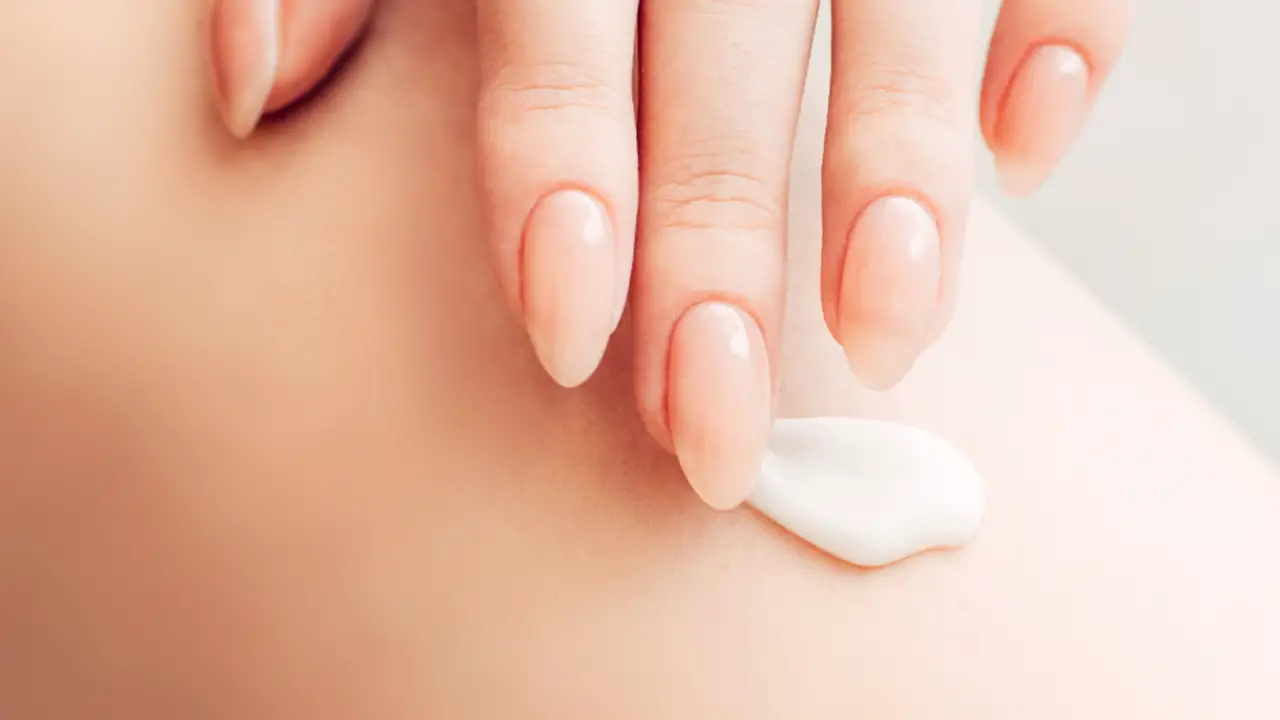
Before applying polygel nails, it is crucial to conduct a patch test to determine if you have an allergy to the product. This simple test involves applying a small amount of polygel on your skin and waiting for 24-48 hours. During this period, be vigilant for any signs of itching, redness, or swelling. If you experience these symptoms, it is important not to proceed with the application.
Instead, consult a dermatologist for further guidance and explore alternative nail options. Patch testing is especially vital if you have a history of allergies or sensitive skin. By taking this precautionary step, you can avoid potential allergic reactions and ensure a safe and enjoyable nail experience.
Choosing Hypoallergenic Or Low-Allergenic Products
Regarding polygel nails, some individuals may experience allergic reactions. Polygel is made up of a combination of acrylic and gel. While it is generally considered safe for most people, some may be allergic to certain ingredients in the product if they have a history of allergies or sensitivities.
It is important to choose hypoallergenic or low-allergenic products when getting polygel nails. These products are specifically formulated to minimize the risk of allergic reactions and can help ensure a safer and more comfortable experience for those with sensitivities.
Additionally, it is always recommended to do a patch test before getting polygel nails to check for any adverse reactions. By taking these precautions, you can enjoy beautiful polygel nails without worrying about allergic reactions.
Proper Application And Maintenance Of Polygel Nails
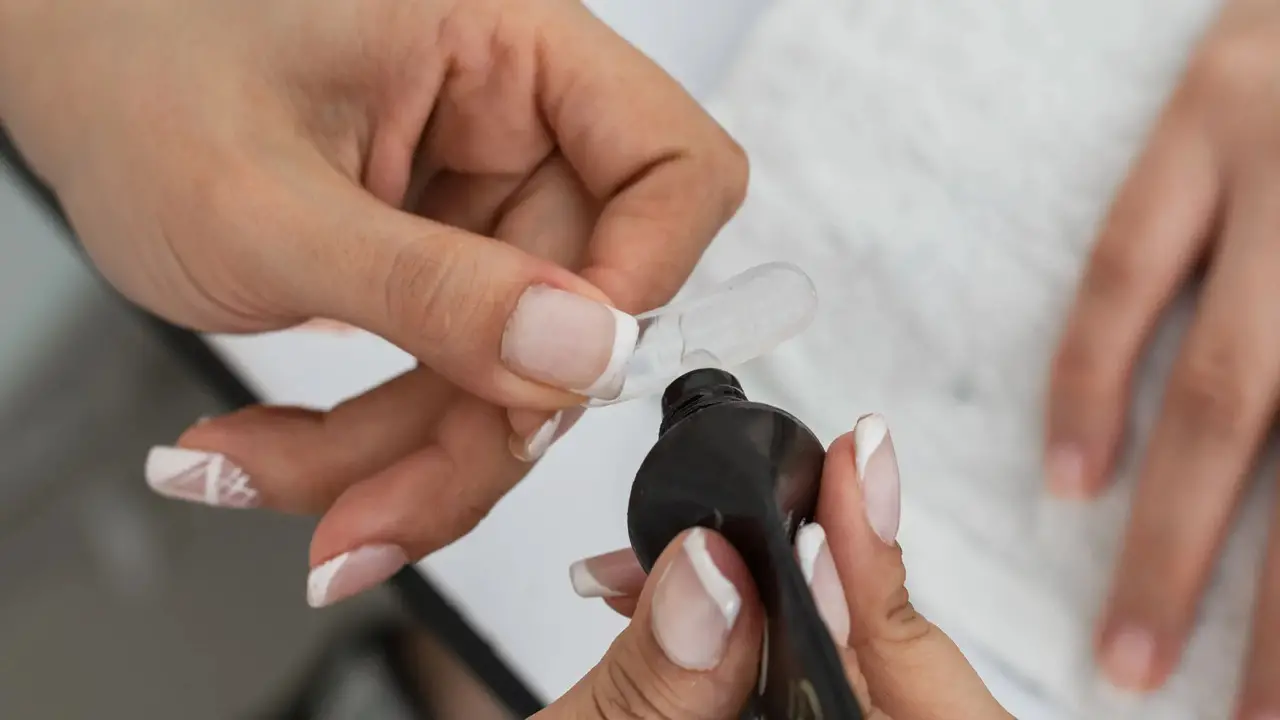
Proper application and maintenance of polygel nails are crucial to avoid any potential allergic reactions. While rare, it is possible for some individuals to develop an allergy to the ingredients used in polygel nails.
To minimize the risk, it is important to choose a reputable salon or nail technician who follows proper hygiene and application techniques. This includes ensuring that the nails are properly prepped. Applying the product in thin layers and avoiding contact with the skin or cuticles.
Additionally, regular maintenance and upkeep of the nails can help prevent any issues from arising. Suppose you notice any redness, swelling, or itching around your polygel nails. In that case, it is important to seek professional advice and potentially remove the nails to prevent further irritation or allergic reactions.
Seeking Professional Help If You Experience An Allergic Reaction
If you have an allergic reaction to polygel nails, it is crucial to seek professional help immediately. Consulting a dermatologist is essential for a proper diagnosis and appropriate treatment. Attempting to self-diagnose or self-treat the allergic reaction can lead to complications, so it’s best to leave it to the experts.
Addressing the underlying cause is vital to prevent further allergic reactions or skin complications. Your health and well-being should always be a priority. So don’t hesitate to reach out to a professional if you experience any adverse effects from artificial nails. Remember, seeking professional help ensures you receive the necessary care and guidance to address your specific condition effectively. Good luck!
Alternative Nail Options For Those With Allergies To Polygel
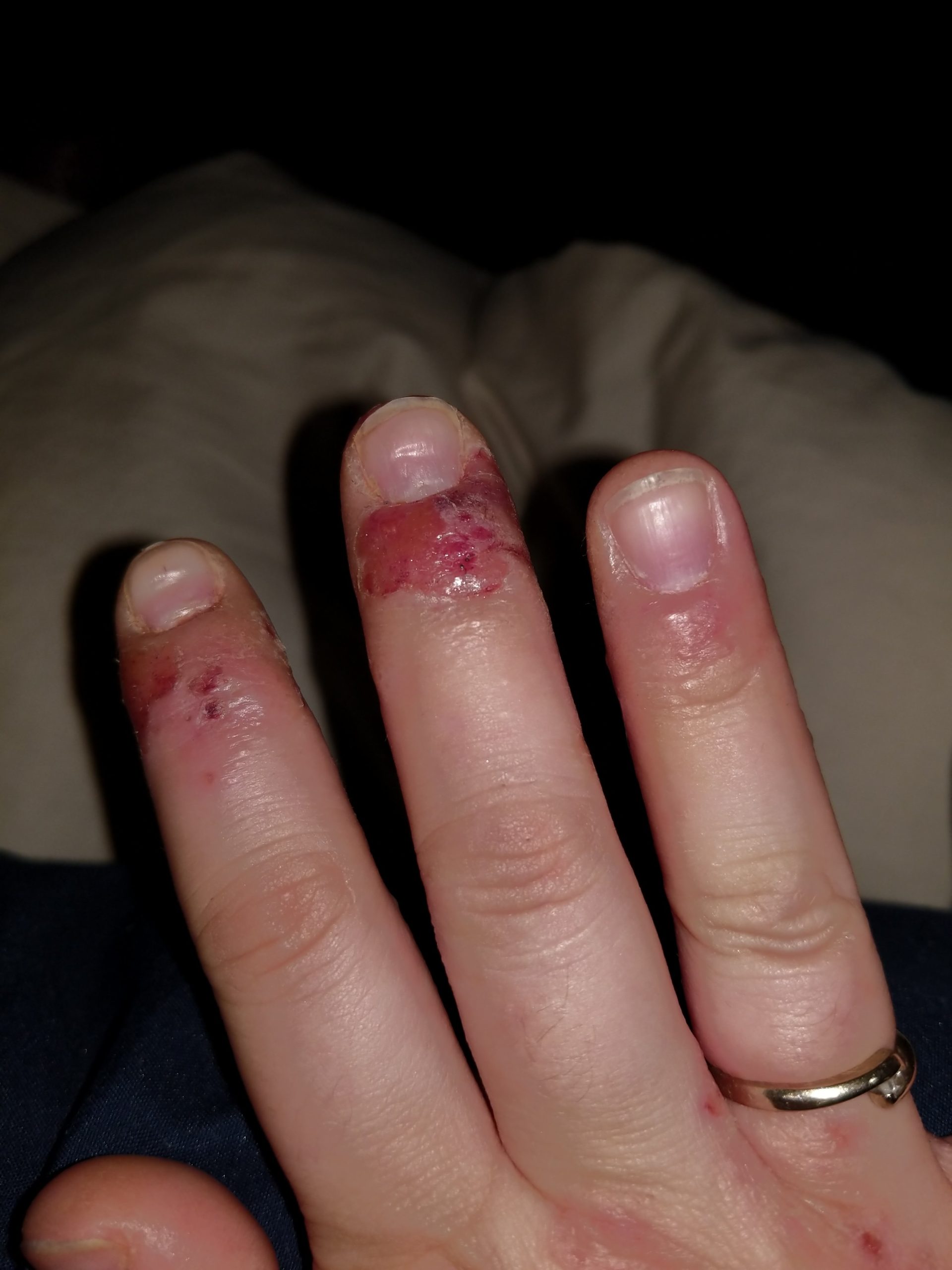
For individuals with allergies to polygel nails, there are alternative options available that can still provide beautiful and long-lasting results. One option is to switch to traditional gel nails, which come from a different formula and may be less likely to cause an allergic reaction.
Another option is to try dip powder nails, which involve a different application process, and use a powder instead of gel. Additionally, some individuals with allergies may find success with acrylic nails or natural nail treatments. It’s important to consult with a professional nail technician who can help guide you towards the best alternative for your specific allergies and preferences.
Conclusion
It is crucial to be aware of the potential allergic reactions to polygel nails. Pay attention to any symptoms, such as redness, itching, or swelling, and take them seriously. Identifying the potential allergens in polygel nail products and, taking preventive measures like patch testing, and choosing hypoallergenic products can significantly reduce the risk of an allergic reaction.
Proper application and maintenance of polygel nails are also essential in minimizing the chances of an adverse reaction. However, if you do experience an allergic reaction, it is important to seek professional help and consider alternative nail options that are safe for you. Your health should always come first, even when it comes to beauty and fashion choices. We’ve discussed can you be allergic to polygel nails.
Frequently Asked Questions
1.How Do You Know If You Are Allergic To Polygel?
Ans: Symptoms of an allergic reaction to Polygel may include nail itching, redness, and swelling. Allergic reactions can occur immediately or develop over time with repeated exposure. A patch test can help determine if you’re allergic before getting a full set of nails. Seek professional advice if you suspect an allergic reaction.
2.What Does An Allergic Reaction To Gel Nails Look Like?
Ans: Signs of an allergic reaction to gel nails include redness, swelling, itching, and pain around the nail bed. Blisters or bumps may also appear on the surrounding skin. In severe cases, difficulty breathing or hives can occur. If you suspect an allergic reaction, remove the gel nails and seek medical attention immediately.
3.Why Am I Suddenly Allergic To Gel Nails?
Ans: Allergic reactions to gel nails can occur due to various reasons like overexposure, using low-quality products, or improper application. Symptoms may include redness, swelling, itching, and pain around the nail area. If you suspect an allergic reaction, remove the nail enhancement and consult a dermatologist for treatment options.
4.Is It Possible To Have An Allergic Reaction To A Gel Polish?
Ans: Yes, it is possible to experience an allergic reaction to gel polish, including polygel nails. Symptoms may include redness, itching, swelling, and the formation of blisters on the skin. To avoid a reaction, it is recommended to do a patch test before applying the gel polish to your entire nail.
5.Why Do My Nails Feel Tight After Getting Solar Nails?
Ans: The tightness you feel after getting solar nails may be due to the curing process under UV light. It could also be because the nail technician applied them too tightly or filed them down excessively. Communicate any discomfort to your technician, and if it persists, consult a dermatologist or consider removing the solar nails.

